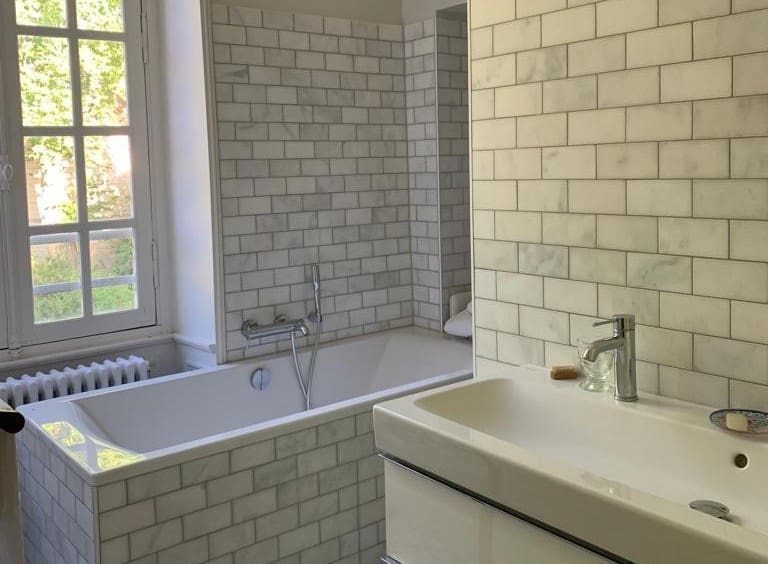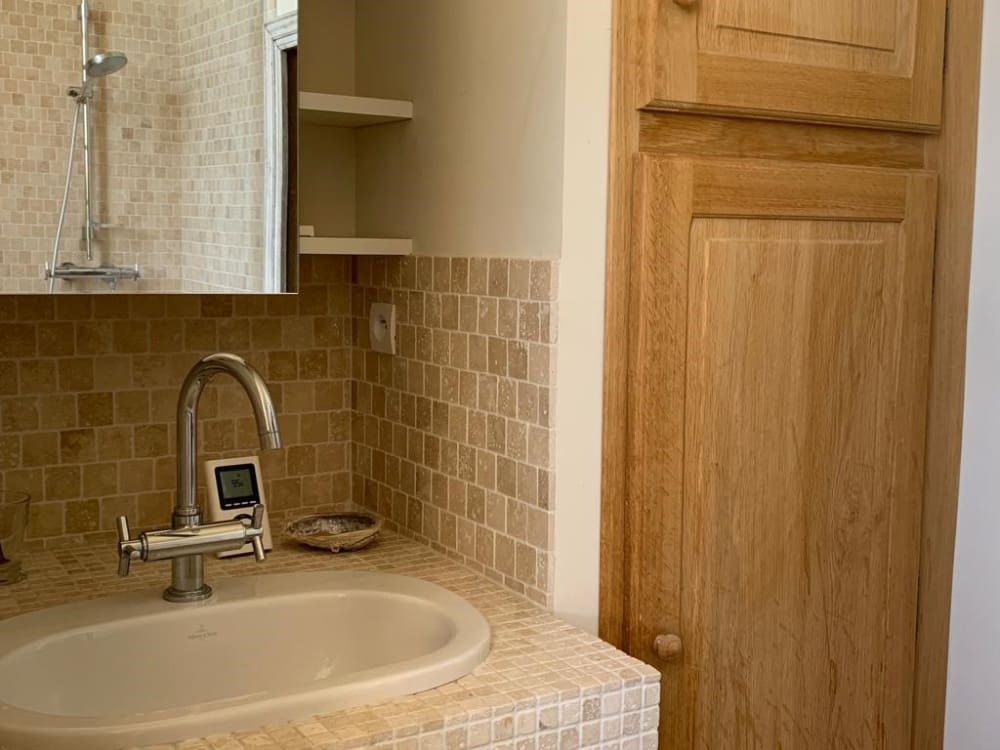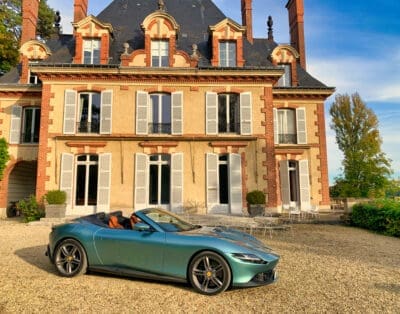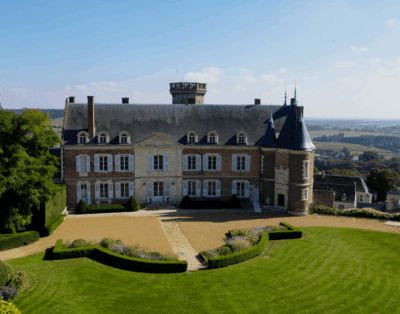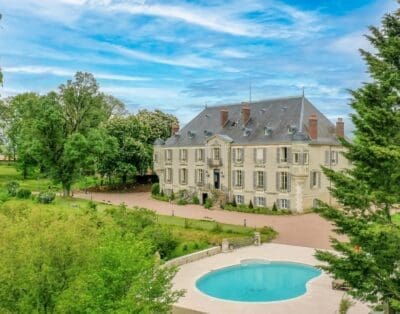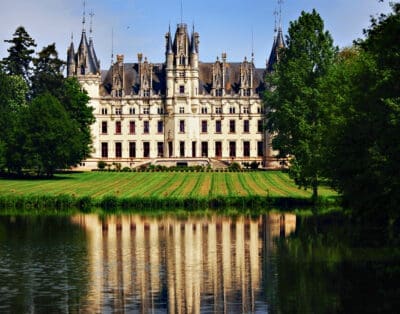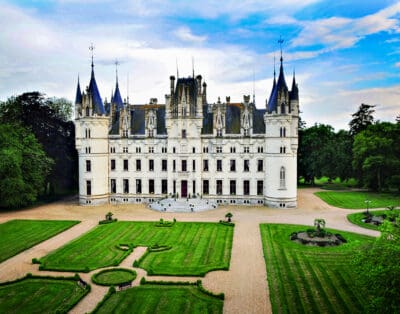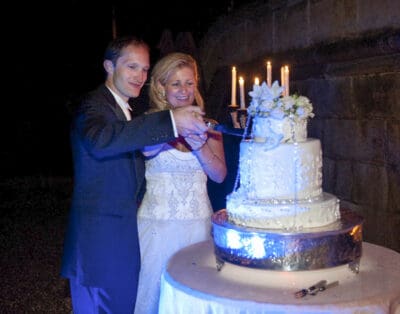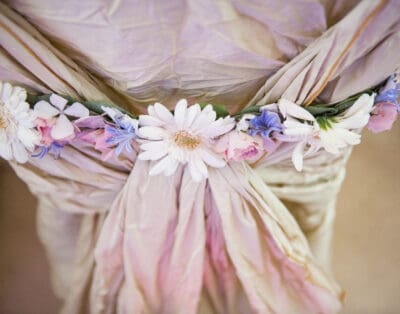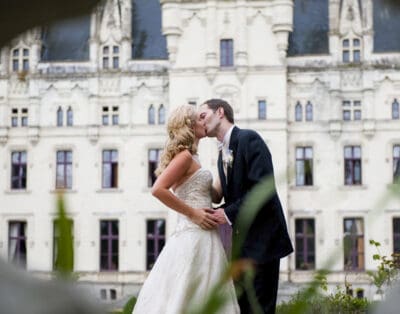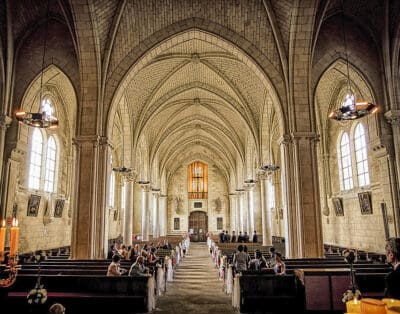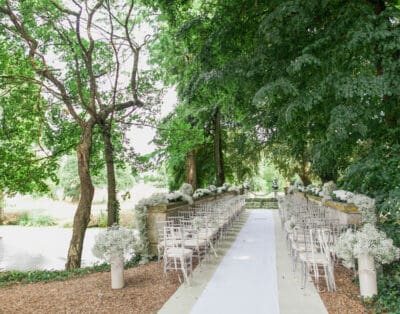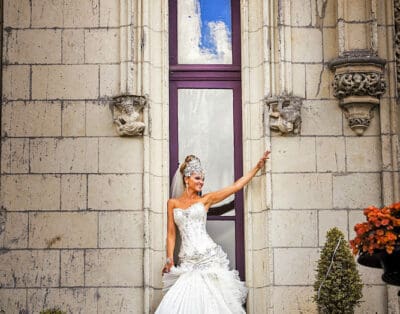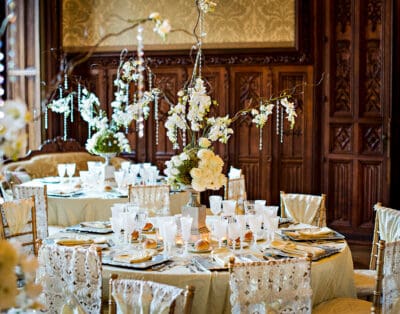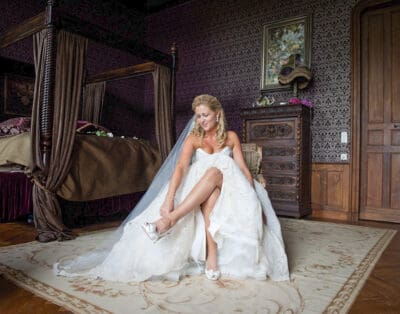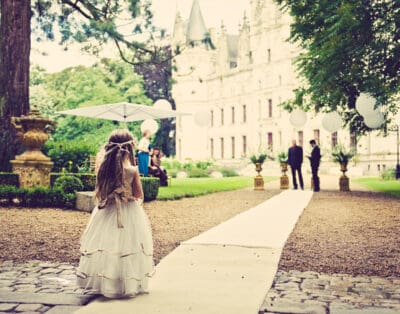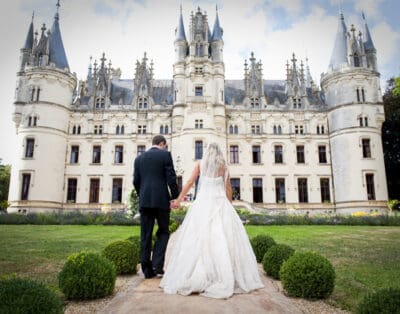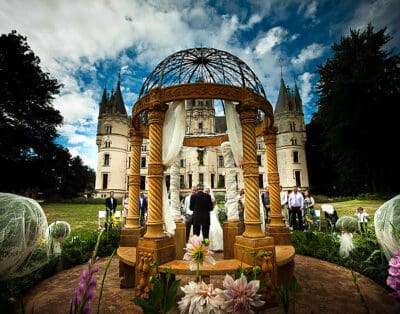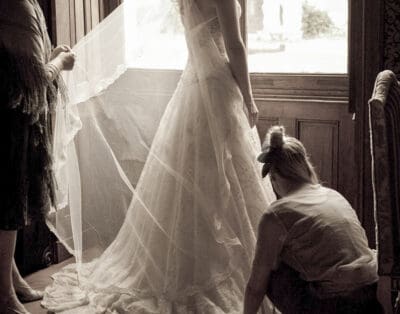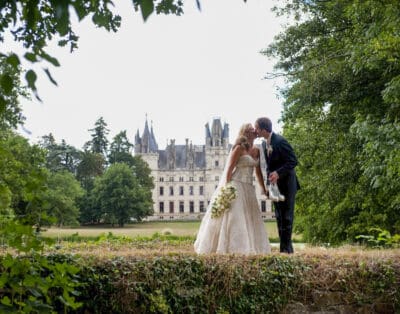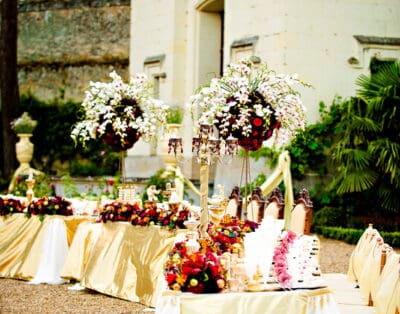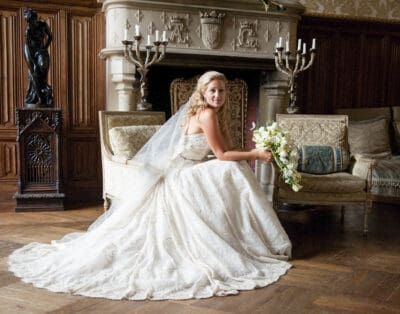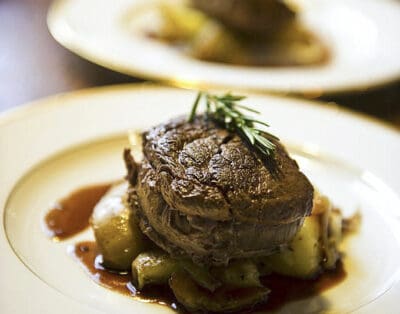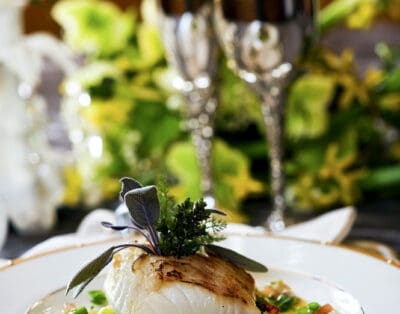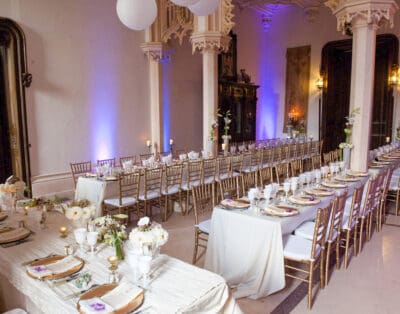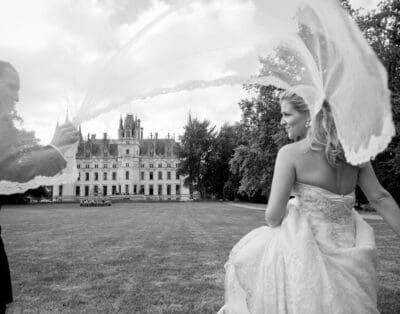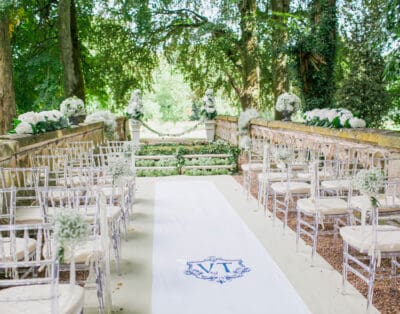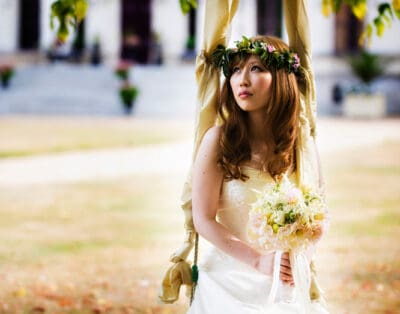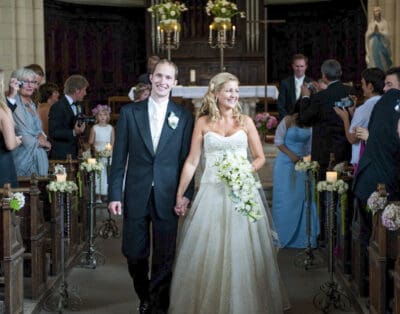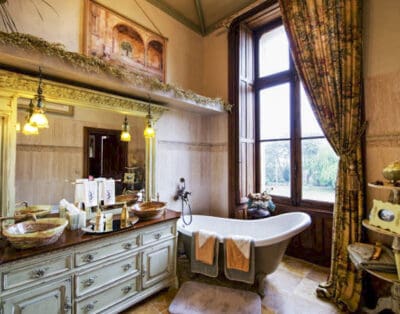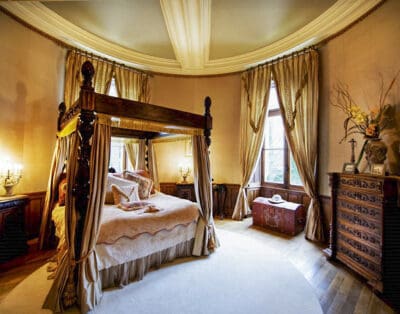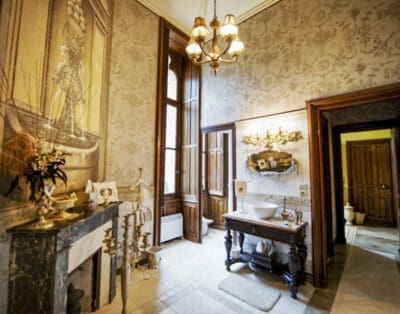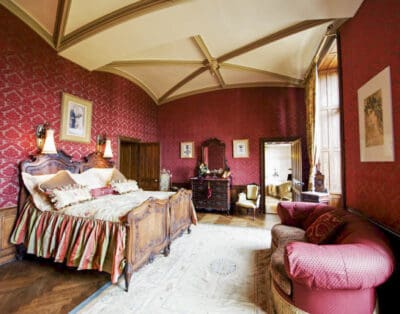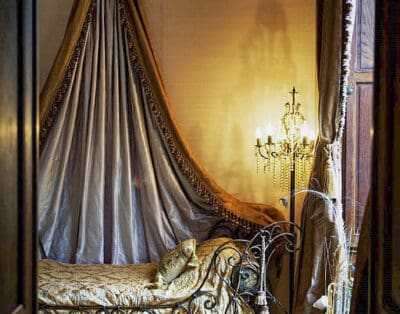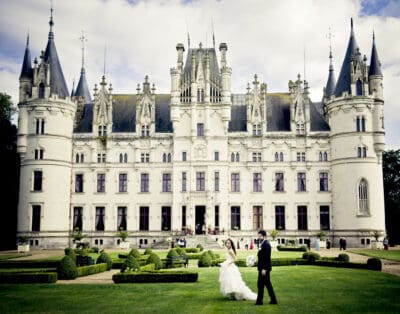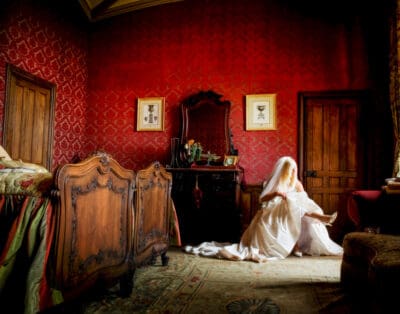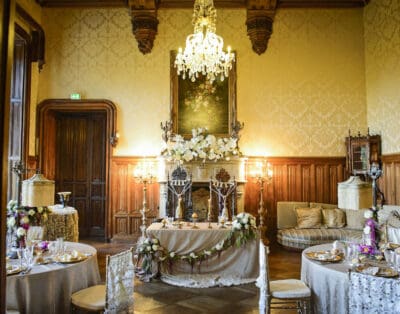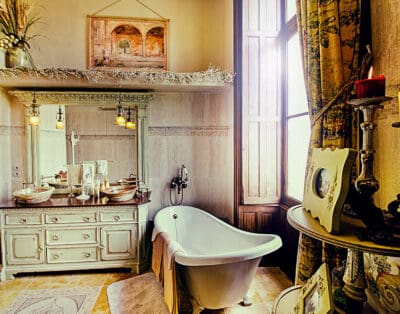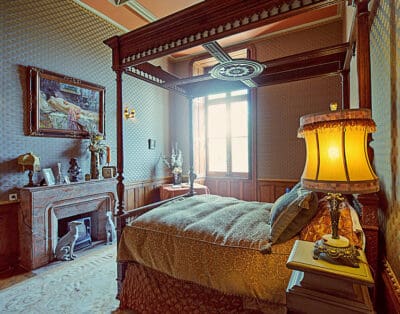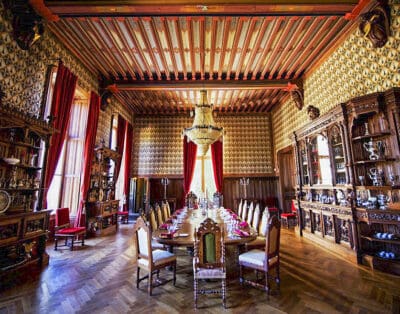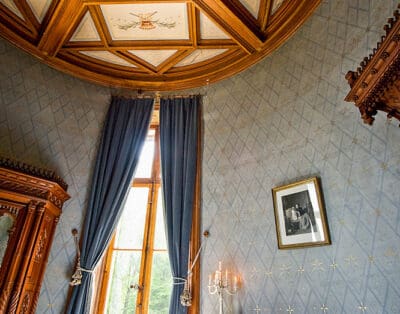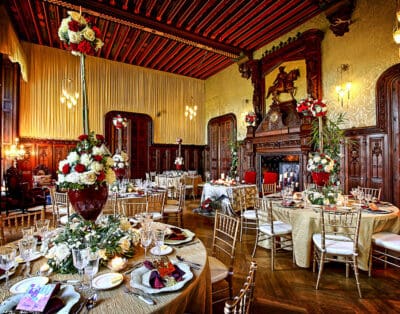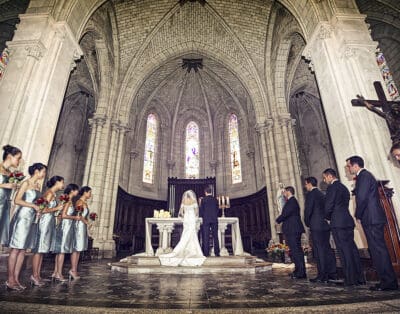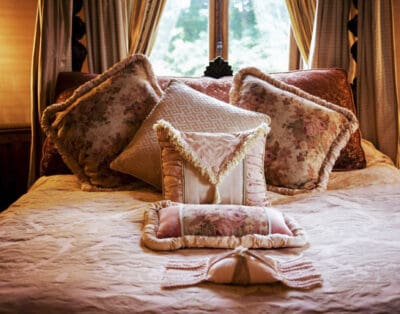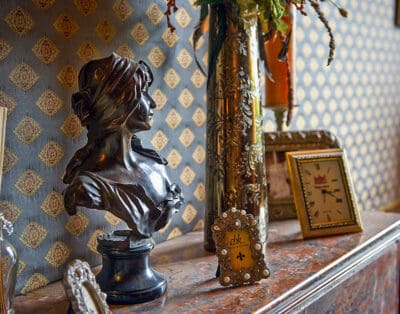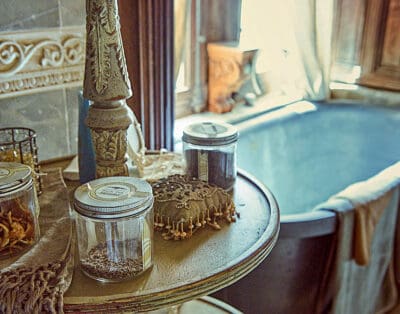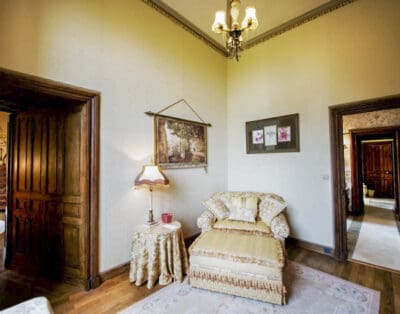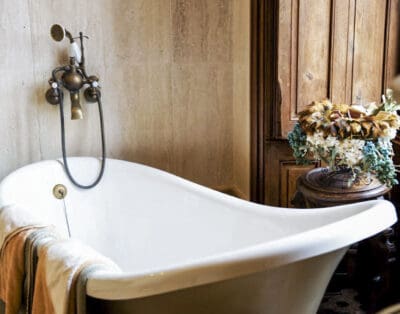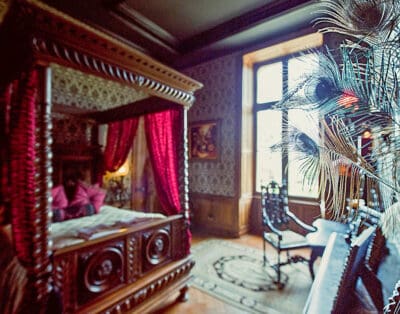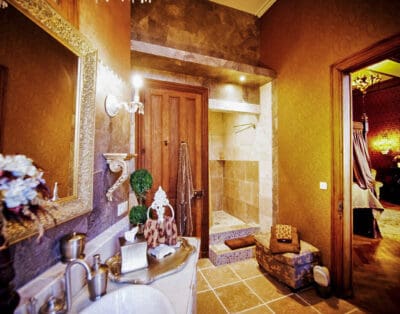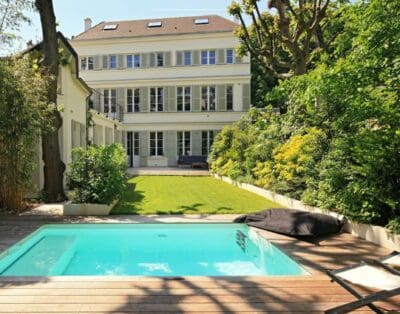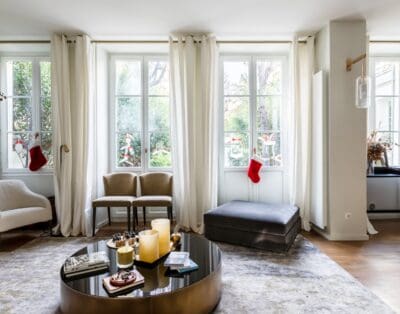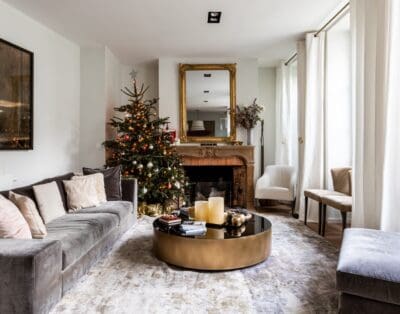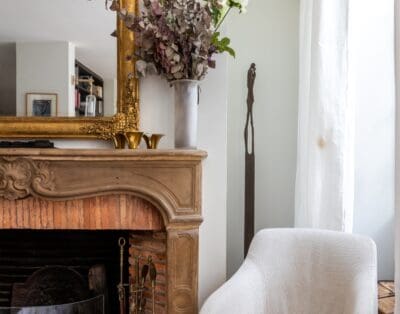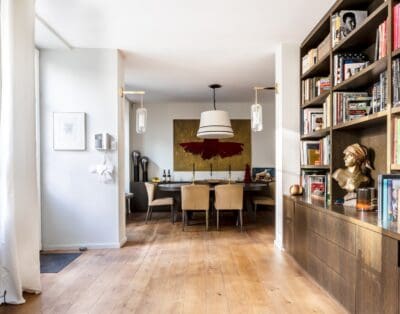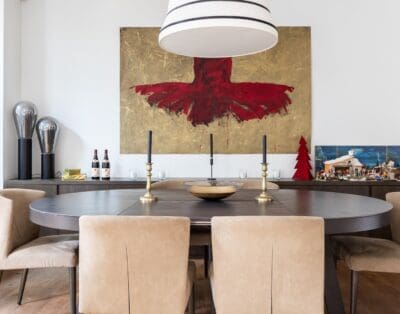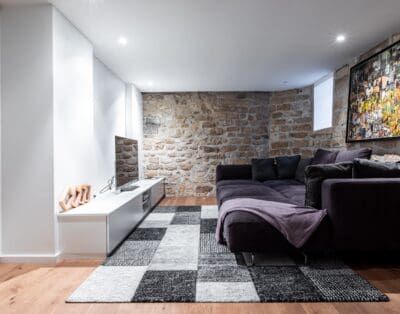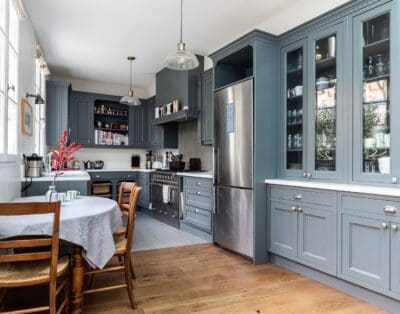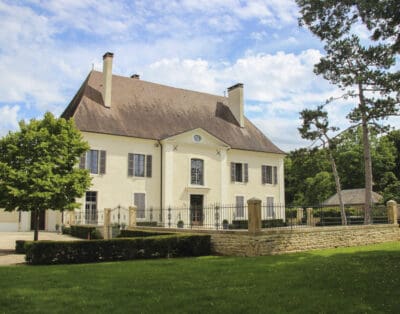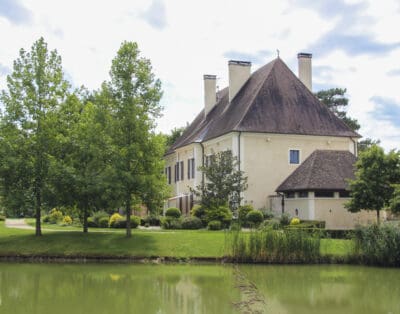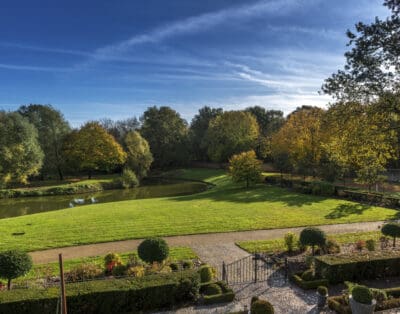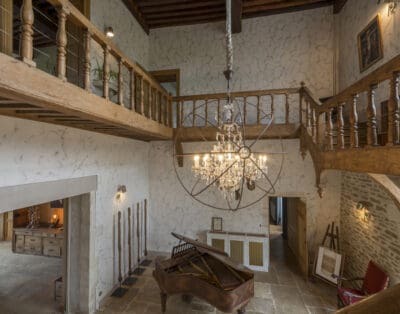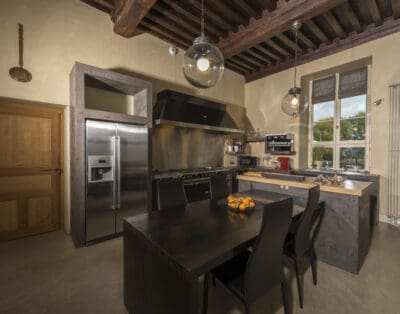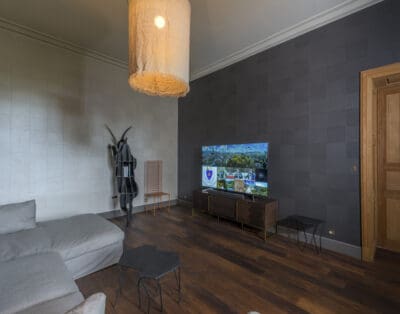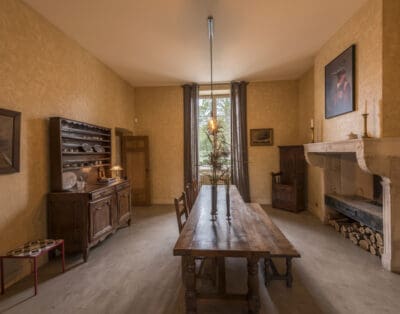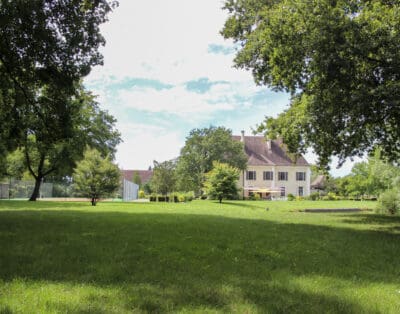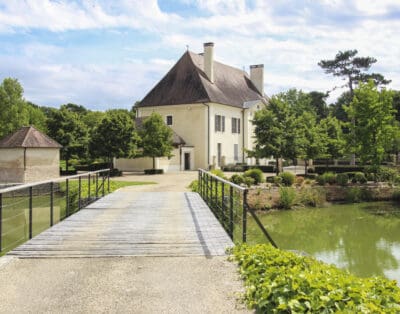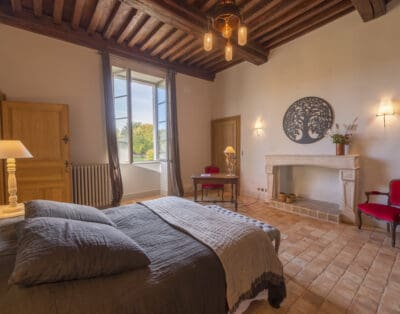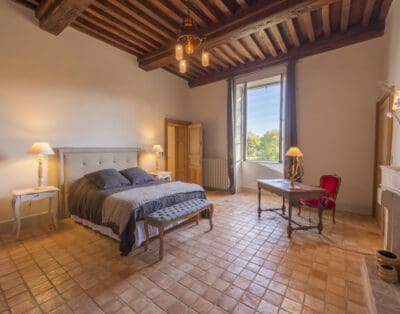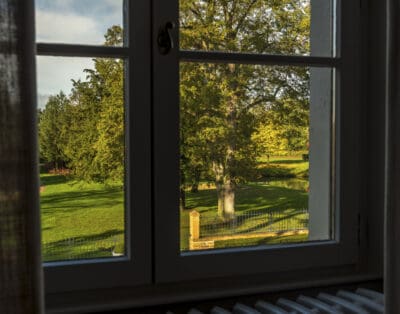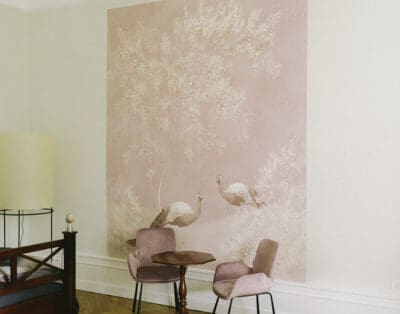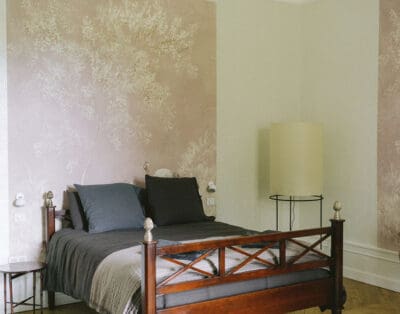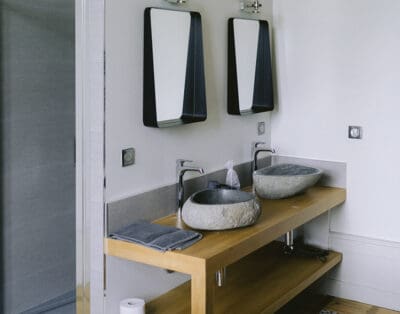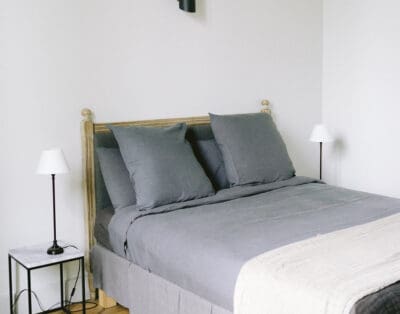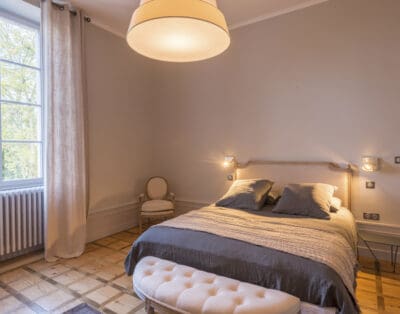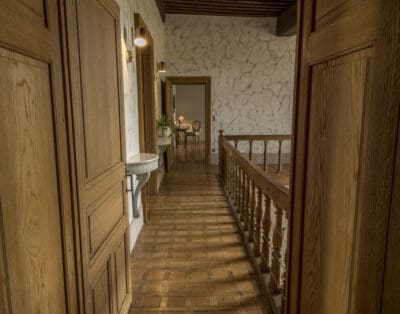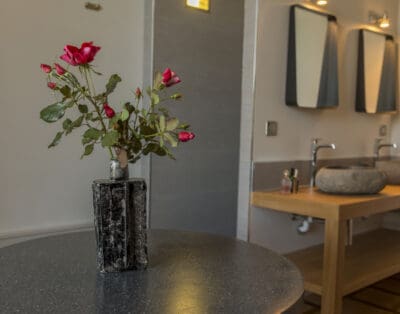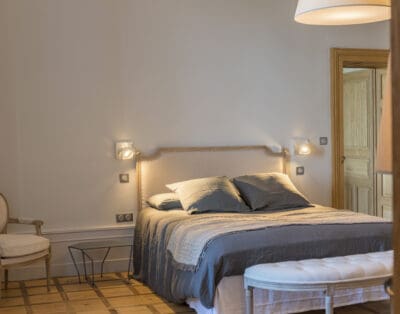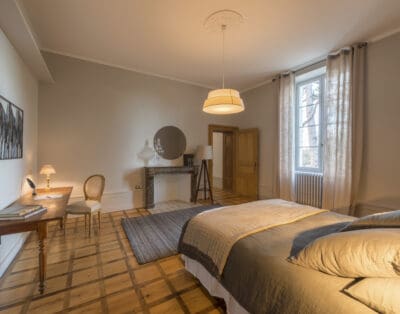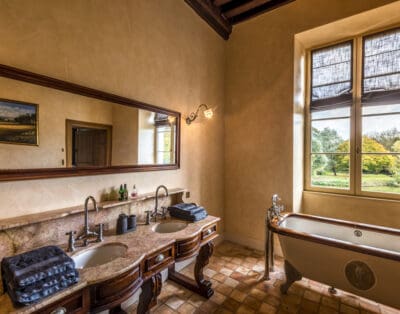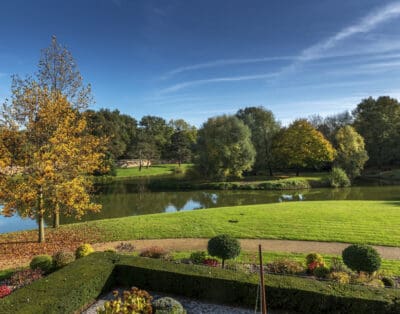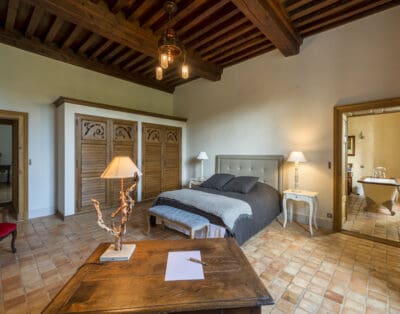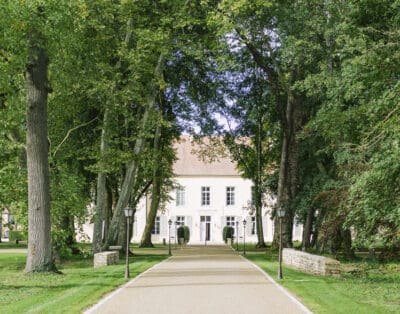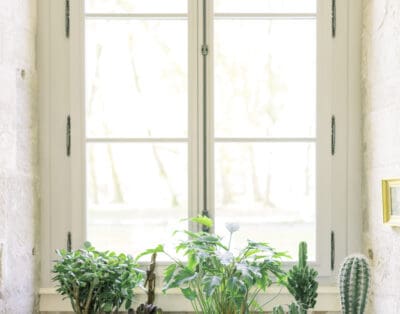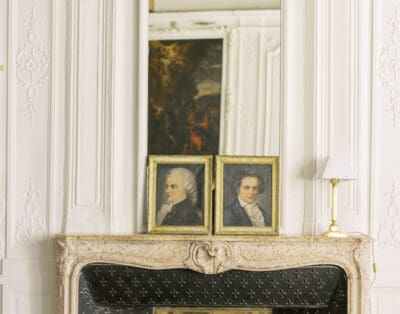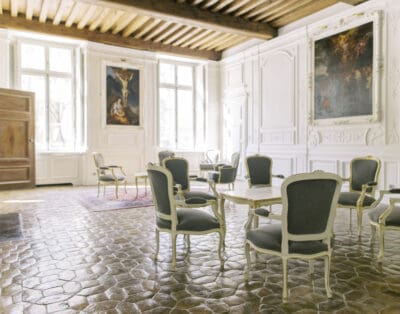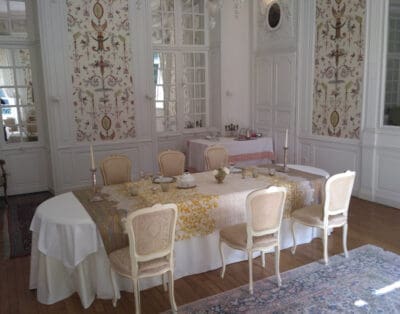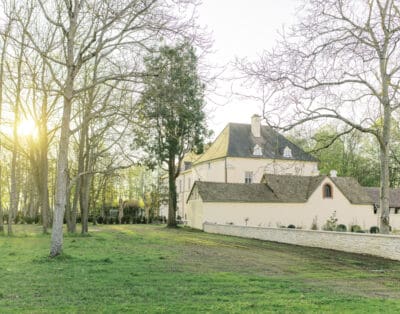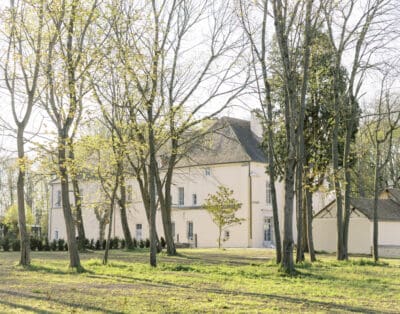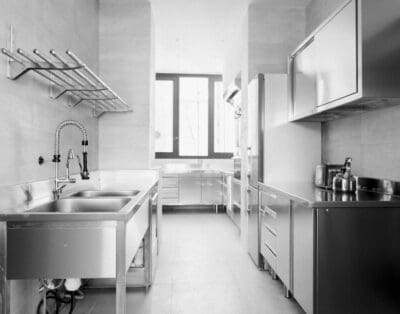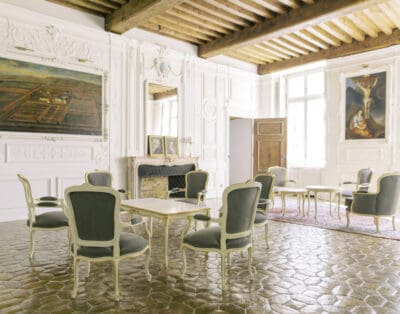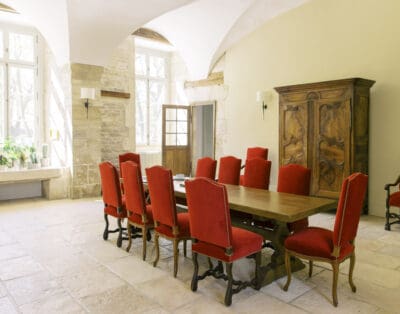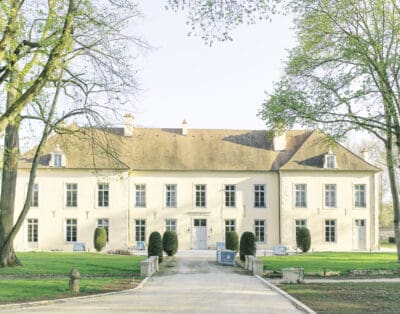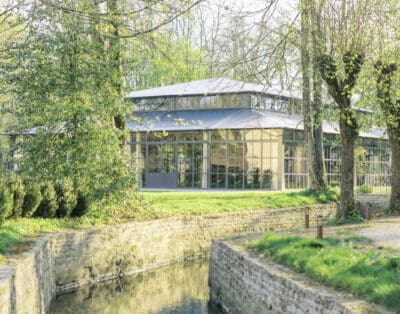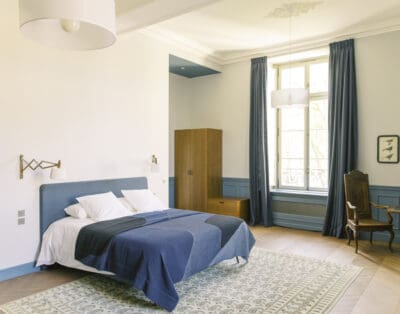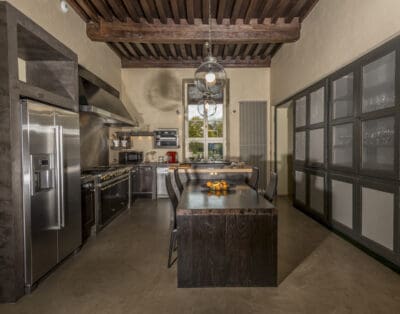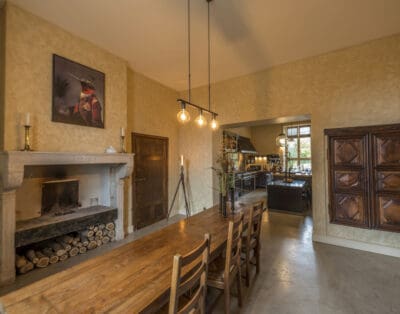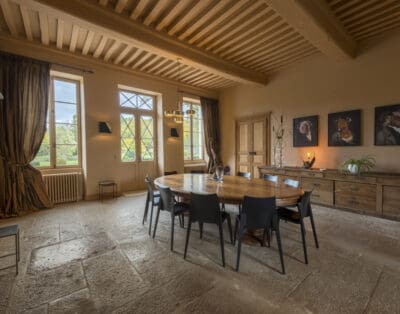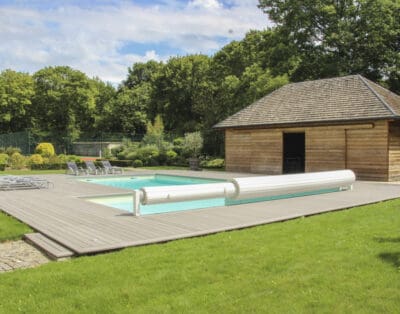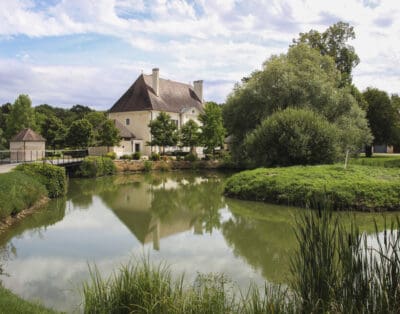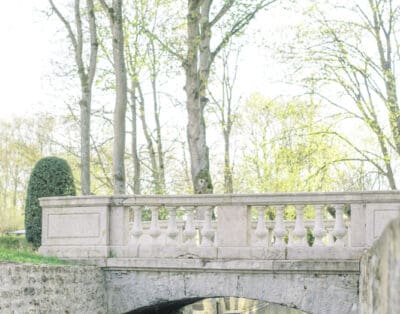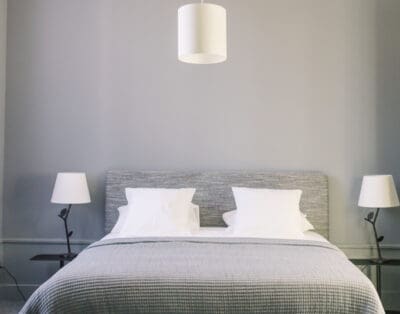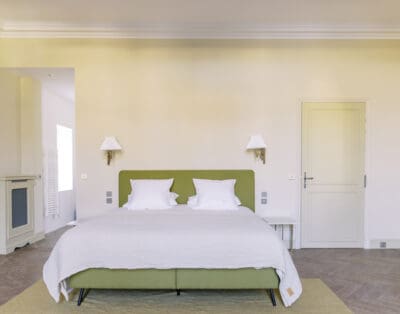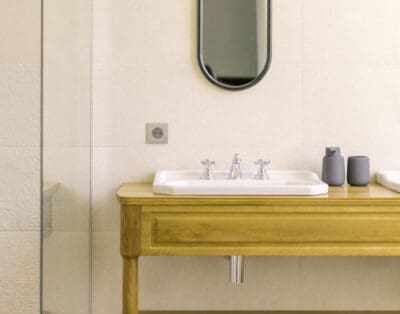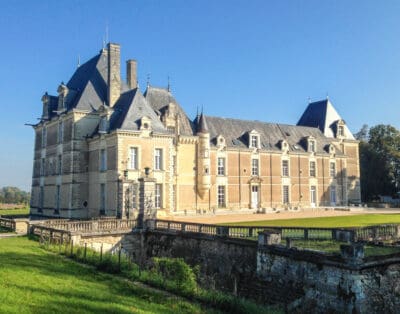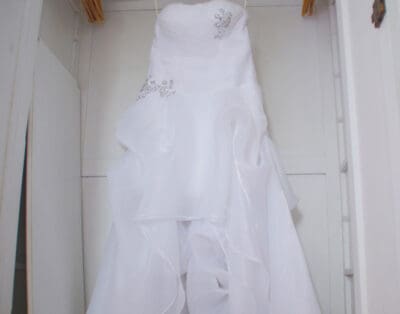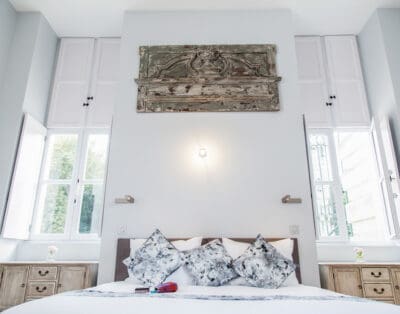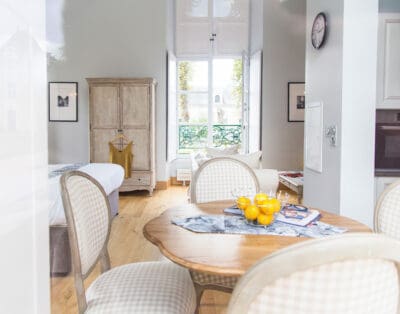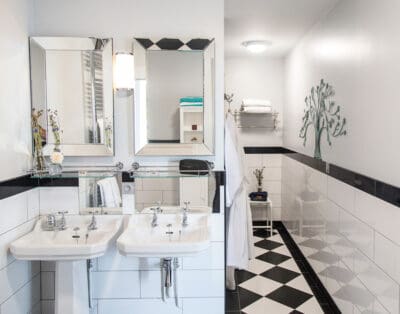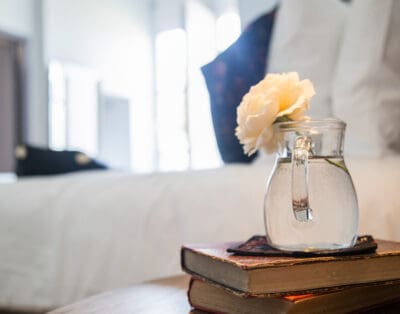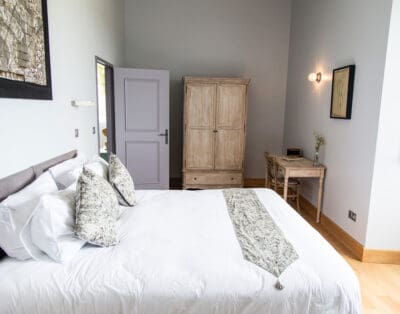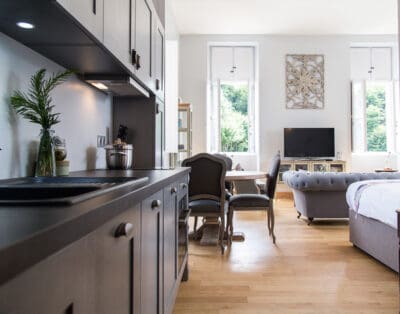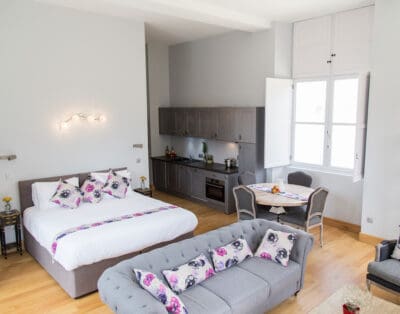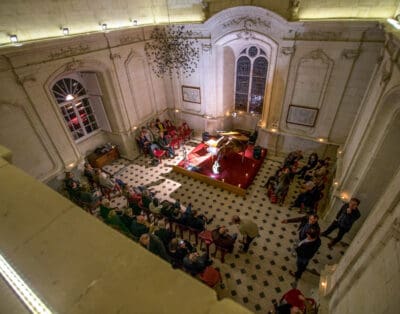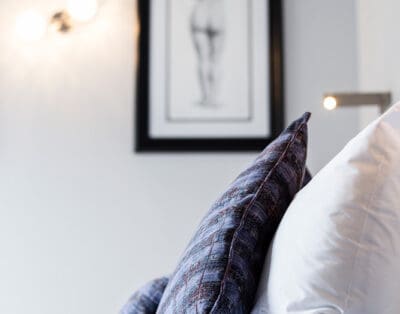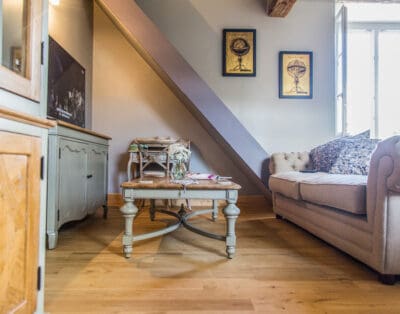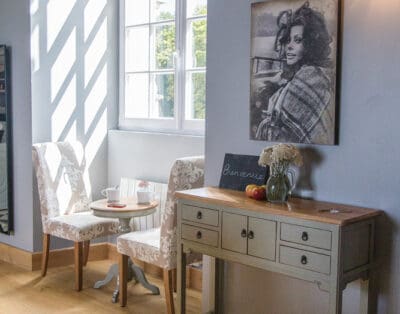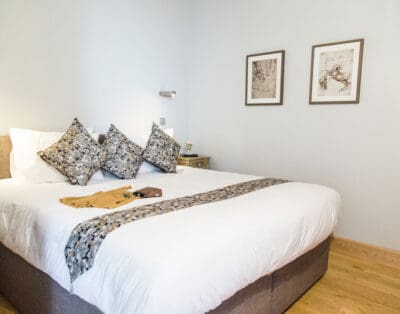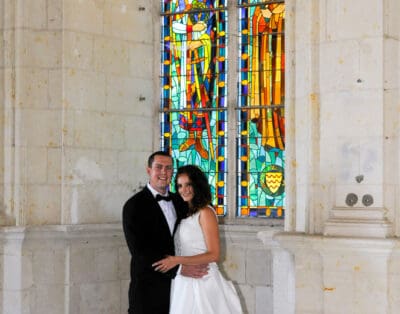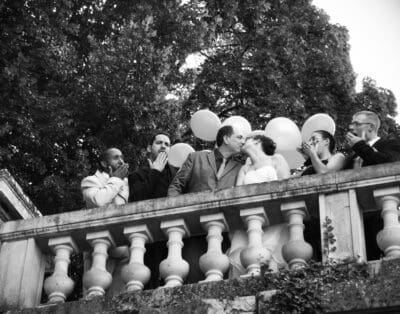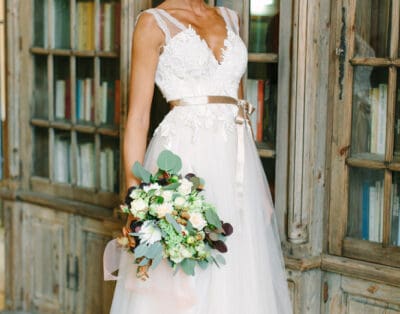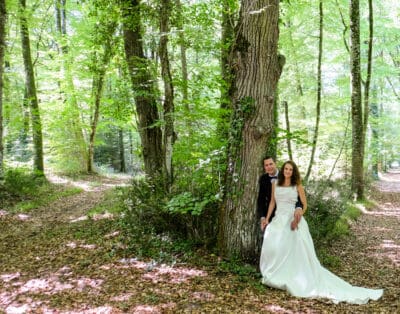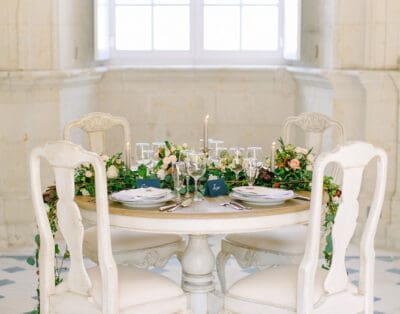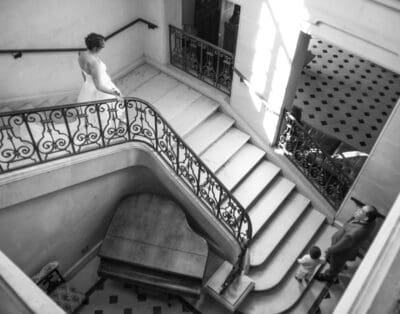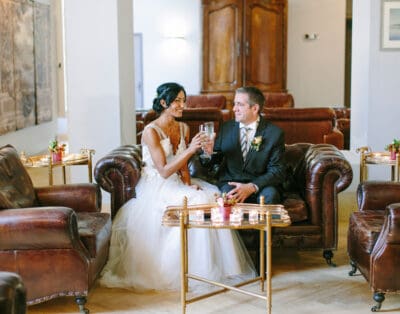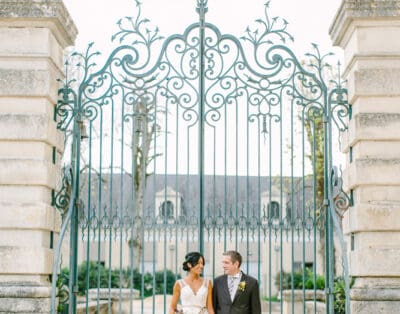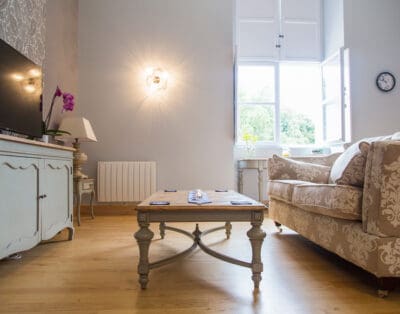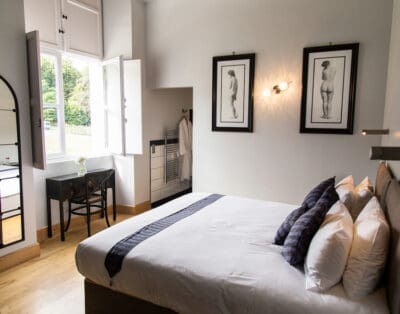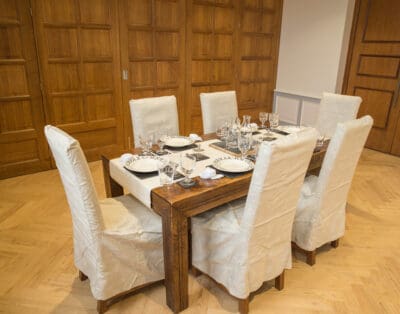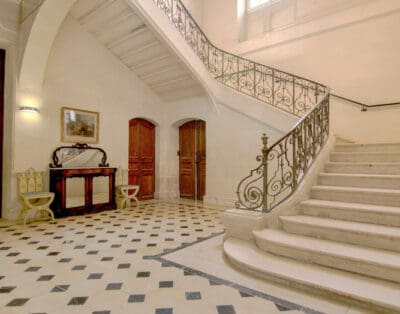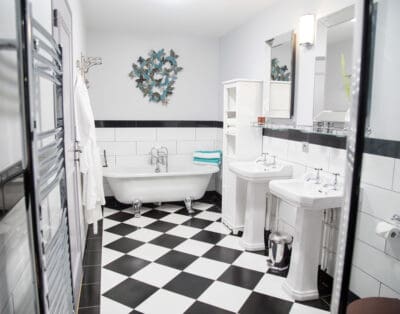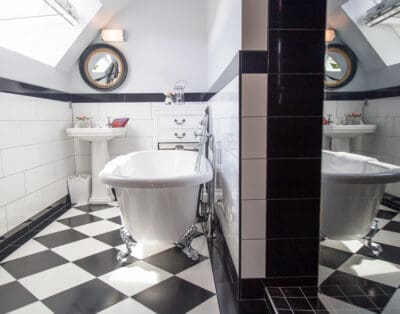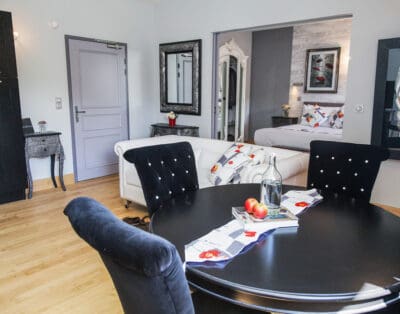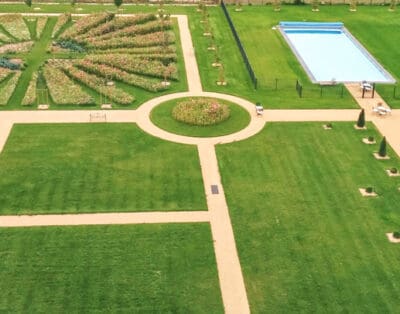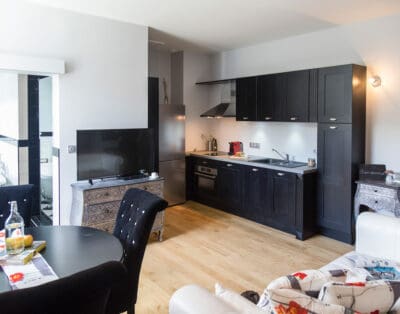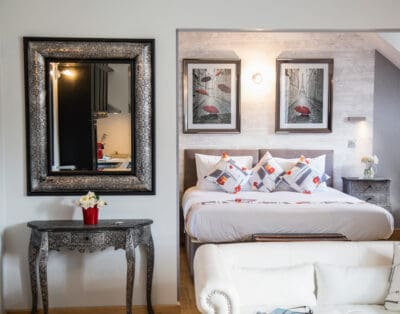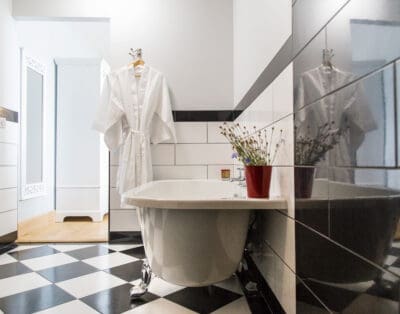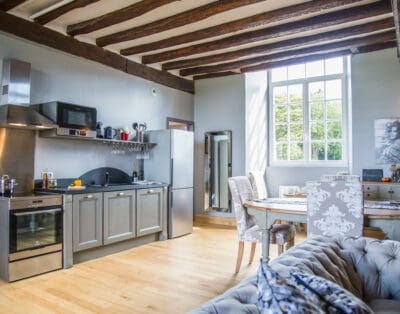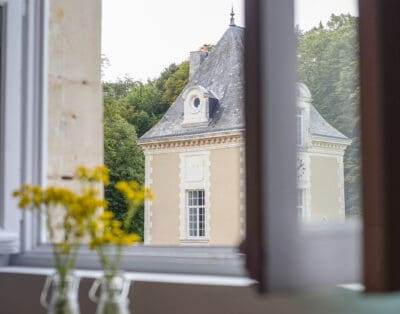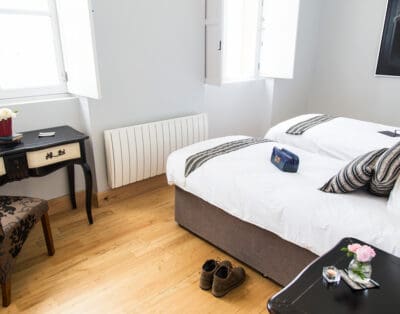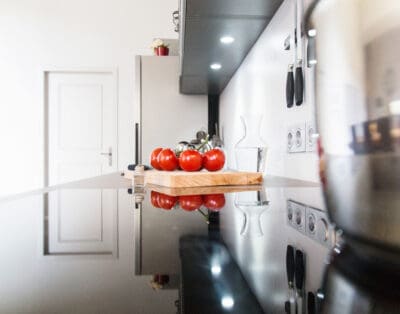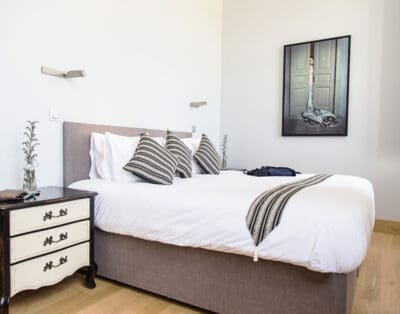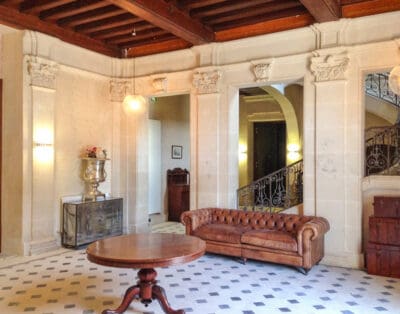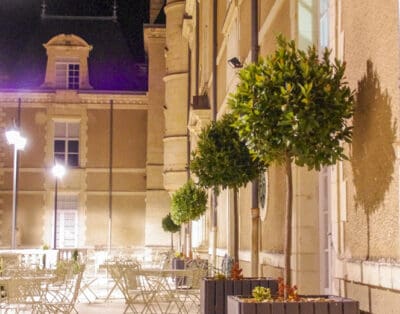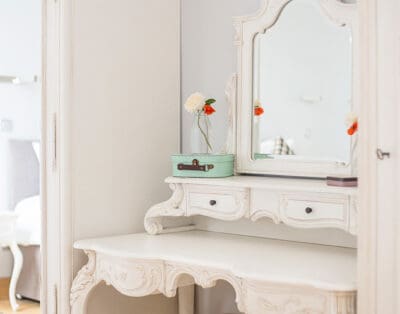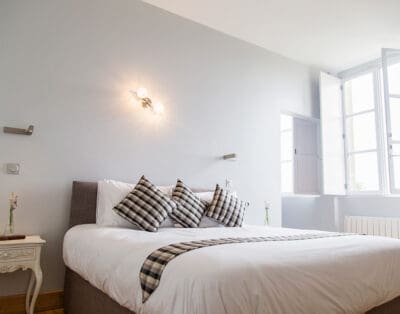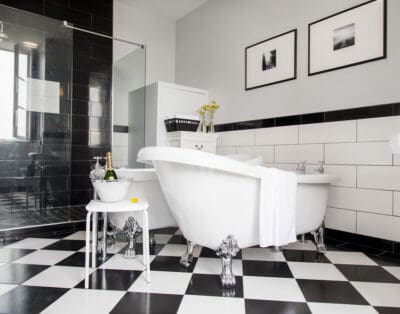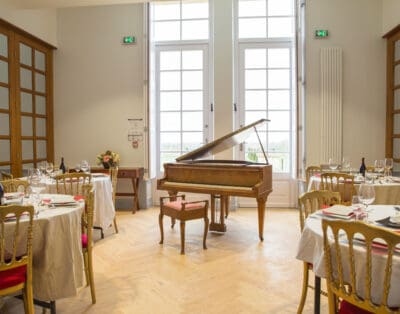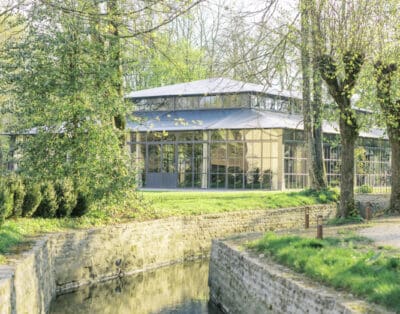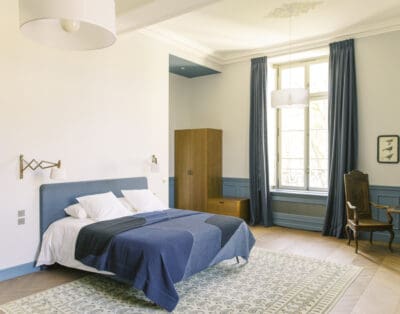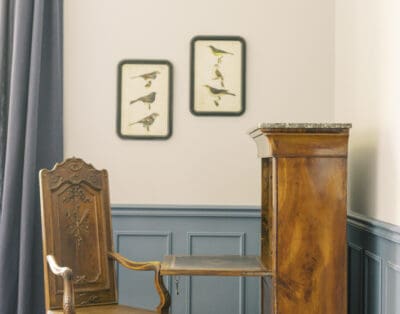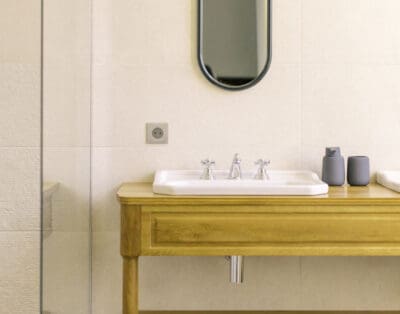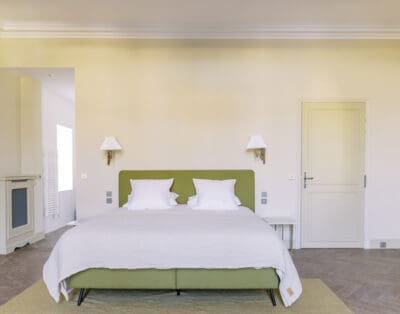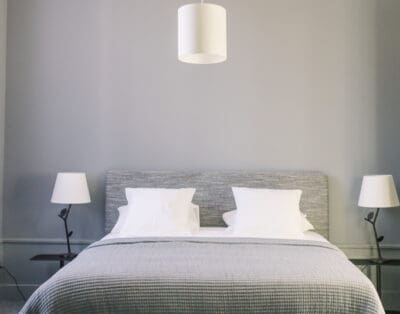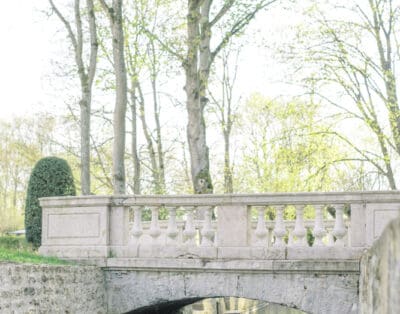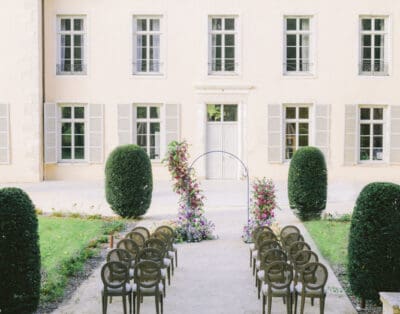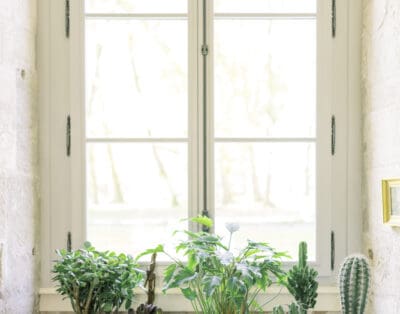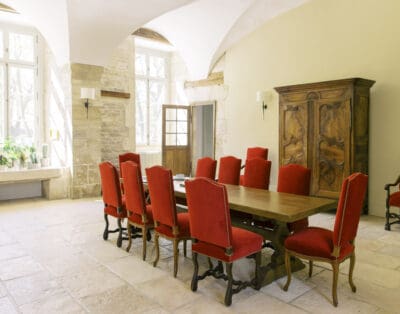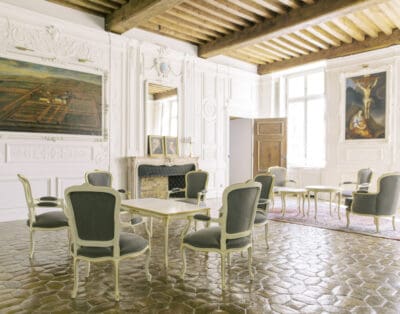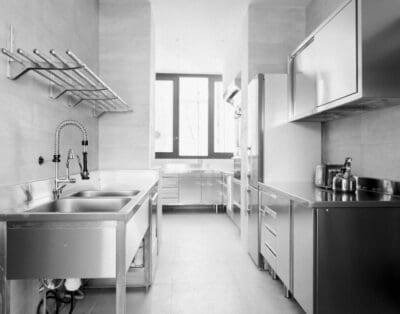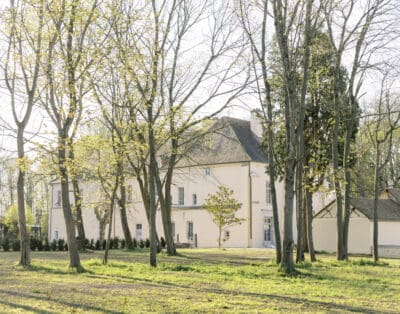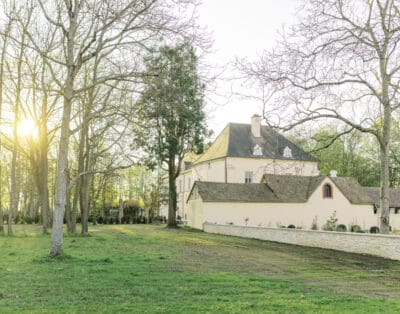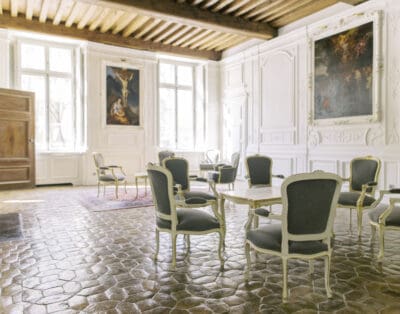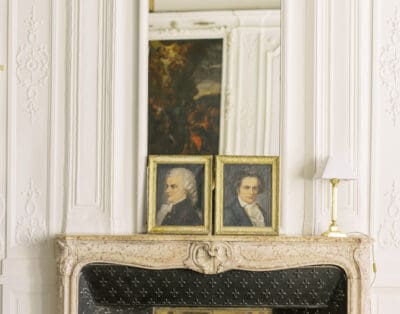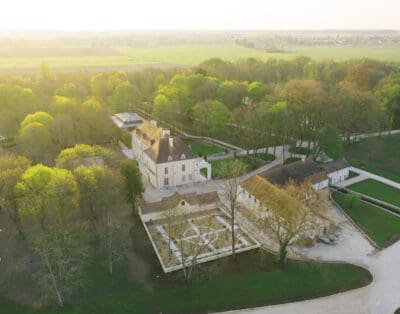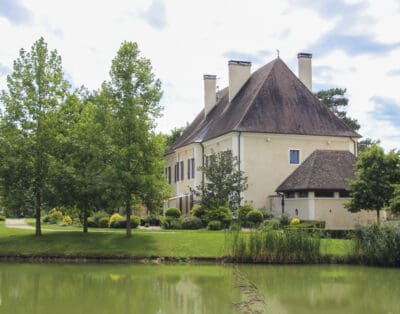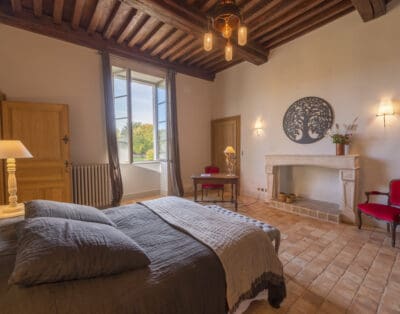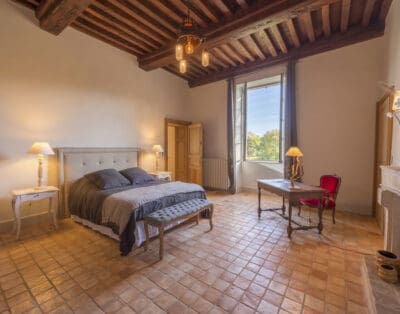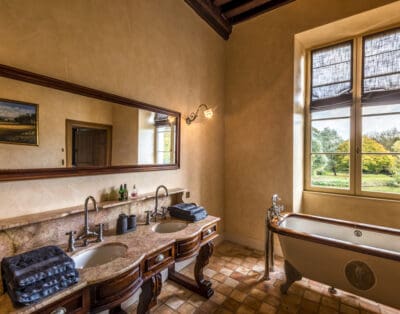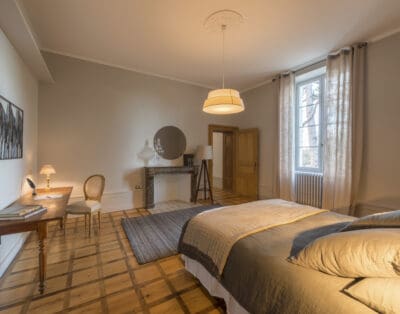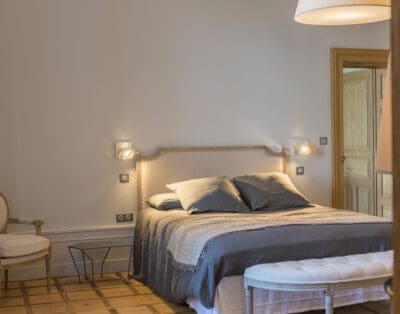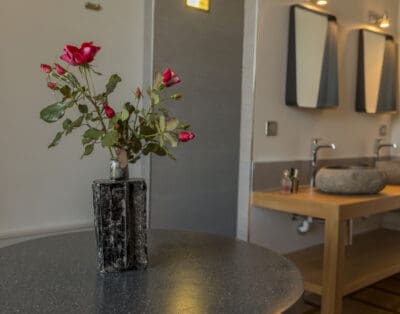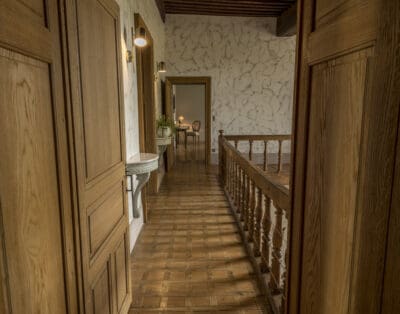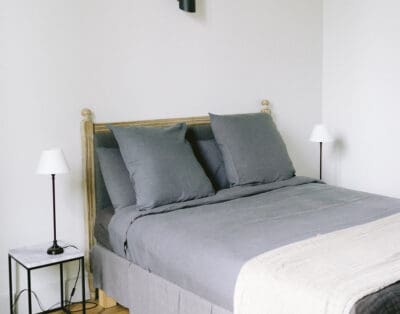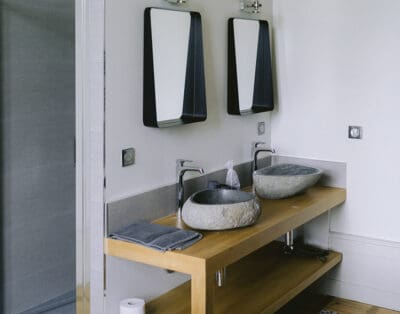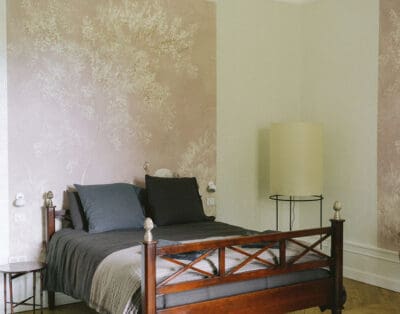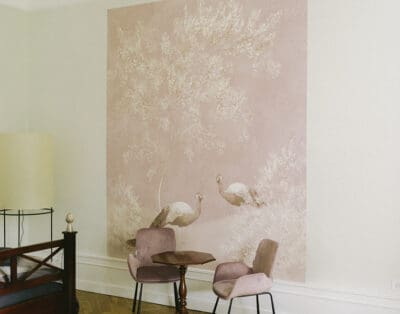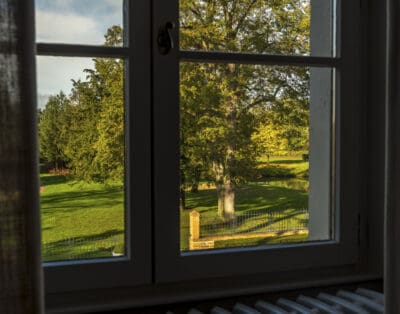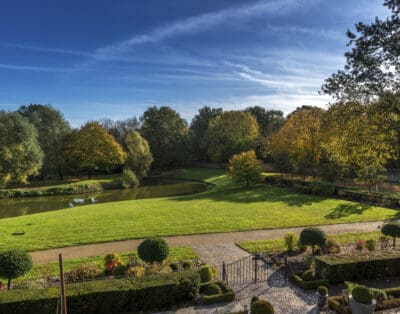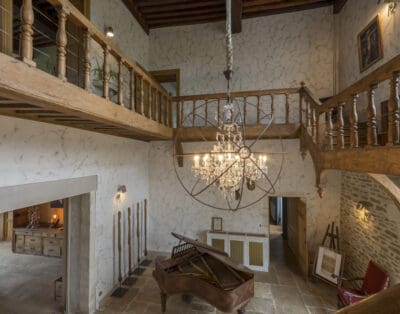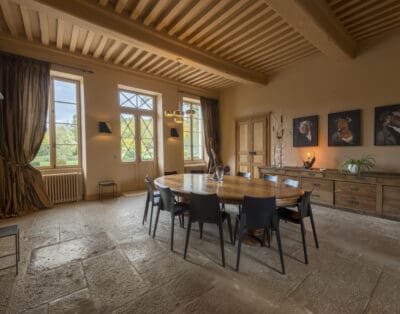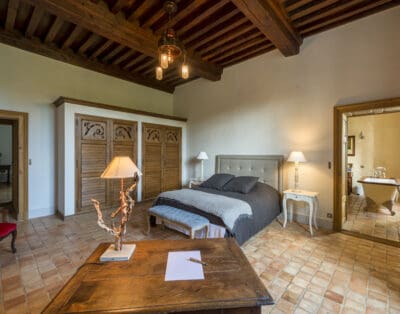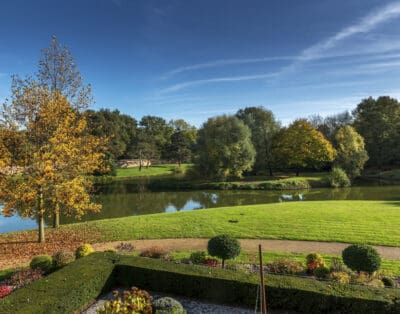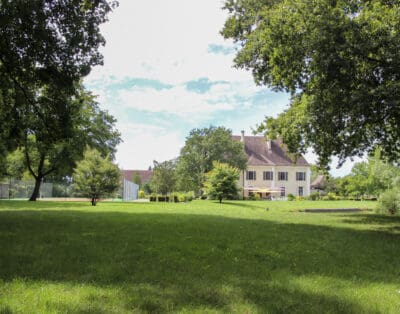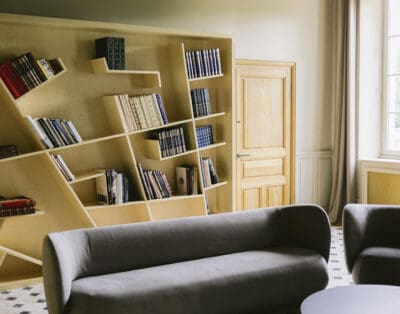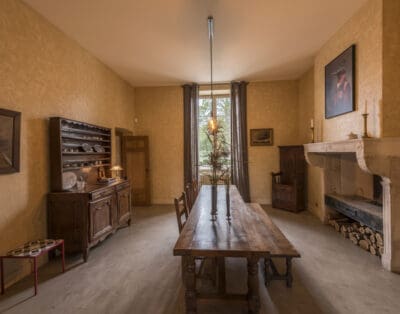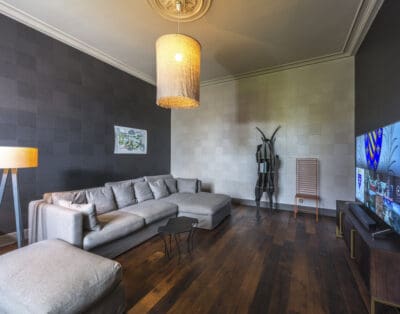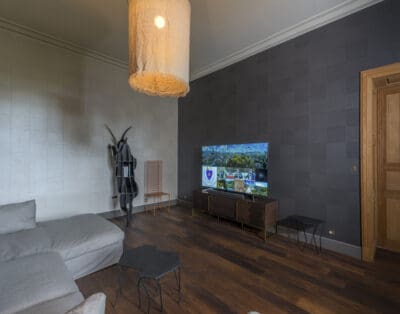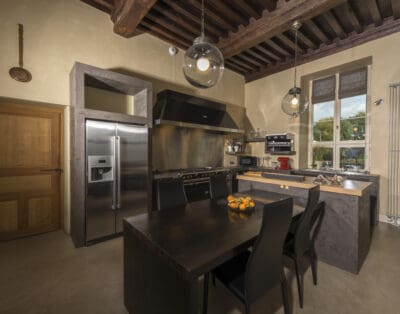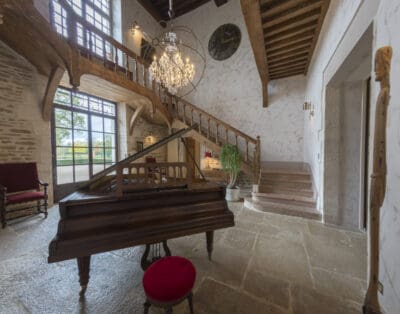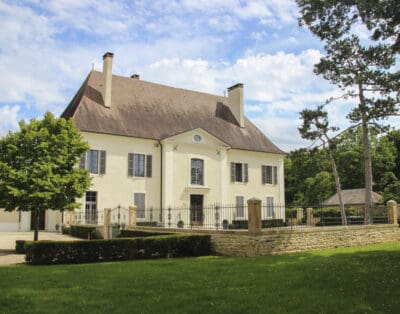Chateau Vallee Du Loire
Holiday Home Rental Description
Chateau Vallee Du Loire
Period Renaissance Château with a magnificent staircase, a Pigeonnier and 18th century side buildings, as well as hanging gardens and classified as an Historic Monument.
Built at the time of the Renaissance in the Loir Valley, on the border of Vendôme, Touraine and Maine, the castle stands out against a green setting. Its high facade of white tufa seduces at first sight. From the medieval castle which stood in the 11th, 12th and 13th centuries, halfway up, on the hillside, some vestiges remain today: round towers, buttresses and small columns. We know that in the 13th century, the châtellenie was one of the “large lands” which recognised the Count of Vendôme as suzerain.
Recently renovated, comfortable and in excellent condition. It even has a large elevator. The gardens are classified “remarkable gardens”.
7 to 8 rooms:
All the beds are 180 cm wide and can be made up as twin beds of 90 cm wide (except for one room with a double bed of 140 cm and a single bed of 90 cm).
ARCHITECTURE
The architecture of the Château is directly inspired by its powerful neighbours located in the Loire Valley: Chambord and Azay-le-Rideau. Located in the central tower, the staircase led to two large symmetrical pavilions. The decoration of the facade is sober. This has four levels of mullioned windows. It is punctuated by very prominent horizontal moldings and flatter vertical pilasters surmounted by very finely carved capitals. The main entrance was to the north, while a loggia, of which two truncated columns remain, opened to the south towards the moat and the gardens which stretched as far as the Loir. To the east, two large terraces held the land on the hillside.
The environment of the castle was modified in the 18th century, the moats filled in, the loggia replaced by the current steps. The West pavilion disappeared during the 18th century, a more modest construction succeeding it in 1804. The common building was built in 1775.
The staircase
This is undoubtedly the most exceptional element of the castle. On the rectangular plan, it has six straight ramps-or flights separated by pillars, covered with ceilings-or vaults; 136 boxes, all different, are thus carved in stone. This decor is marked by the Renaissance: plant motifs, cherubs, salamanders, coats of arms. On the ground floor, a beautiful fireplace adorns the guard room.
THE GARDENS
Gardens born from a stone dream.
At the Château, the gardens offer a great variety and contrasting universes partly inherited from a recent past. If the castle emerged from the ground in 1542, the gardens of today still owe a lot to the Latron – Flandrin family who saved the estate in the 20th century. Little by little, the painter Guy de Malherbe and his wife Marie-Hélène left their mark on it.
THE CAROLINE TERRACE
La Terrasse Caroline is an architectural “folly” in the neo-Gothic style erected in 1830 by Amédée de Nonant, owner of the Château, in homage to his wife Caroline. It was built according to the plans of Mr. Travers-Lefebvre, contractor in La Charte-sur-le-Loir. This brick and stone construction which leans against the tuffeau cliff is spread over three levels. It incorporates the remains of the feudal castle. It offers the visitor a picturesque and monumental appearance with its beautiful warheads, balconies and battlements. The whole extends over nearly 80m long and 30m high. The central part collapsed in the 1980s and it is urgent to restore the rest of the wall to preserve this unique monument in France.
The Caroline Terrace is a pioneering example of the Gothic troubadour style very fashionable among the Romantics. This building is related to the work of Prosper Mérimée and more generally to the rediscovery of the Middle Ages, the fashion for which will have considerable repercussions in painting (Ingres or Delacroix), in Literature (Ivanhoé by Walter Scott (1819) or Notre -Dame de Paris by Victor Hugo (1831) or in music.
The village sur le Loir is located in the extreme south of the Sarthe department, 200m from the Loir et Cher, the Loir serving as the boundary between the Loir et Cher department and the town of Couture where La Possonnière can be visited, birthplace of Ronsard. Near it, there are pretty walks to explore along the banks of the Loir to Île Verte, where Ronsard wanted to be buried.
The village, which is now part of the new commune of Loir-en-Vallée, is quite typical of the freestone villages with slate roofs that dot this pleasant valley, particularly here in the heart of the charming vineyard of the Coteaux du Loir where the Jasnières appellation is also located.
The Romanesque church dominates the tuffeau cliff above the castle, it is part of a circuit of churches with 12th century frescoes that can be discovered all along the Loir from Lavardin, passing through Saint Gilles de Montoire and Saint Jacques des Guerets.
Beautiful feudal ruins crown the hills at Frèteval, Lavardin and Montoire. The Renaissance, which saw the construction of the exceptional coffered staircase, can be found in some houses in Montoire and especially in the family mansion of de Ronsard: La Possonière in Couture sur le Loir, further downstream we still find Renaissance decorations in the Château. of Lude. The Château de Courtanvaux in Bessé sur Braye, combining the 15th and 17th centuries, preserves memories of the Montesquiou family, to which belonged the famous musketeer d’Artagnan and Maman Quiou, the governess of the King of Rome, son of Napoleon I.
We will not miss the remarkable gardens along the Loir in particular Sasnières or the Plessis Vauboin in Beaumont-sur-Dême.
There is therefore a lot to do around the area whether you are looking to discover the historical heritage, the beauty of the gardens, or to discover the vineyards or the sumptuous forest of Bercé. You can also relax and swim on the Lac des Varennes beach in Marçon.
Do not hesitate to go to the Loir Valley Tourist Office (website) in La Chartre, a charming shopping village where you will also find antique dealers and brocantes.


